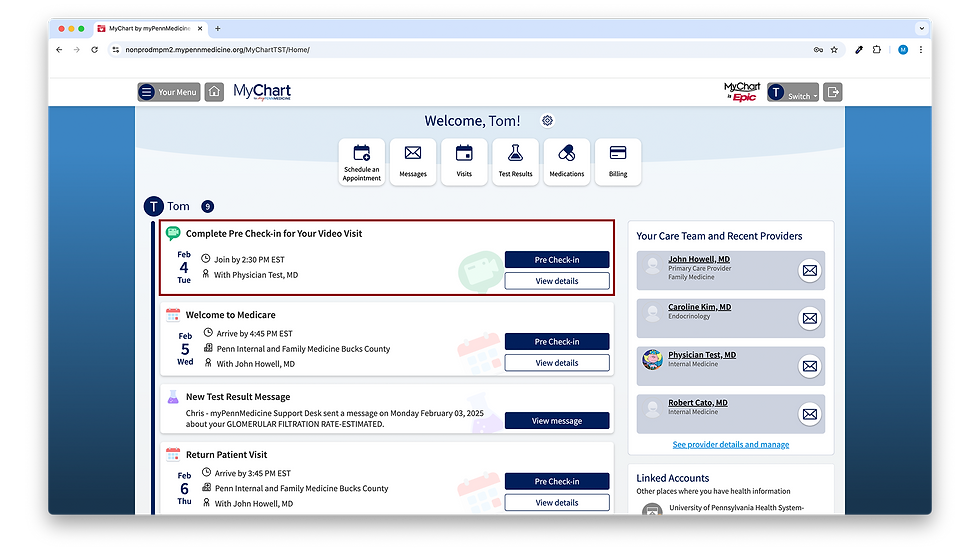UXin' | What are the different aspects of UX Design? Let's get cookin'
- Kat Usop

- Jun 26, 2023
- 2 min read
User experience (UX) design is a broad discipline that encompasses many different aspects. Let's dive deeper and shed light upon this ever-evolving field, shall we?
Speaking of diving, user research is the process of understanding the needs of users (at a *deep sea* kinda level 🐟), their goals, and their pain points. This information is essential for creating products that are easy to use and enjoyable. User research can be conducted through a variety of methods, such as surveys, interviews, and usability testing. (more on this later...)
User-centered design (UCD) is a design approach that puts the user at the center of the design process. This means that the needs of the user are always considered when making design decisions. User-centered design is a critical aspect of UX design, as it ensures that products are designed for the people who will actually be using them.
Information Architecture (IA) is the process of organizing information in a way that is easy to find and understand. This is important for UX design, as it ensures that users can easily find the information they need. Information architecture can be thought of as the "skeleton" of a product, as it provides the structure that supports the user experience.
AUTHORNOTE: Wanna learn more about IA, here a video for ya 👇
Visual design is the process of creating interfaces that are visually appealing and easy to use. This includes factors such as typography, color, and imagery. Visual design is important for UX design, as it can help to make products more attractive and engaging.
Interaction design is the process of designing the way that users interact with products. This includes factors such as navigation, gestures, and feedback. Interaction design is important for UX design, as it ensures that users can interact with products in a way that is intuitive and efficient.
In addition to the aspects of UX design mentioned above, there are a few other things that are worth mentioning. First, it's important to remember that UX design is an iterative process. This means that it's important to get feedback from users and iterate on the design based on that feedback. Second, UX design is not just about creating products that are easy to use. It's also about creating products that are enjoyable and engaging. Finally, UX design is a constantly evolving field. This means that it's important to stay up-to-date with the latest trends and best practices. 👇
One step further? Armor thy mind with knowledge


Comments